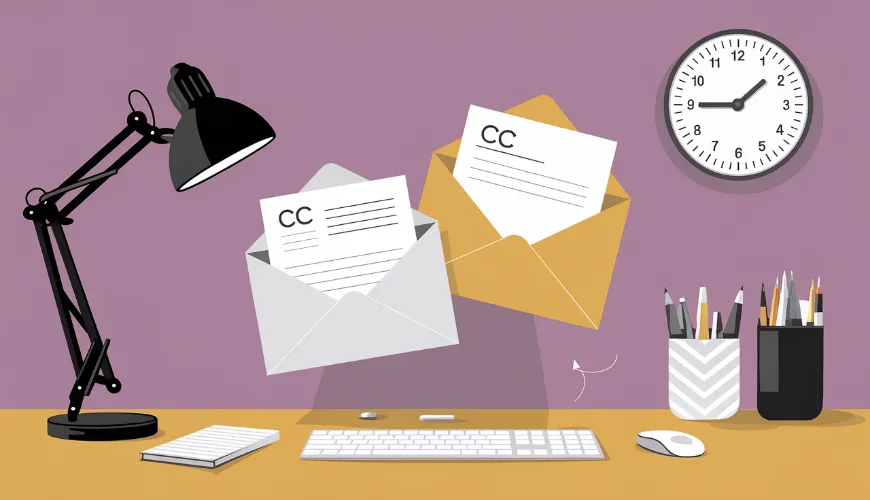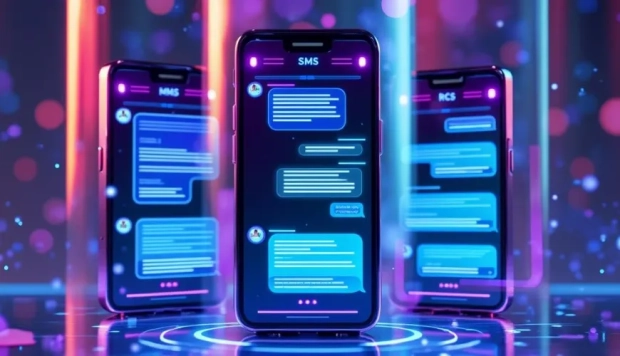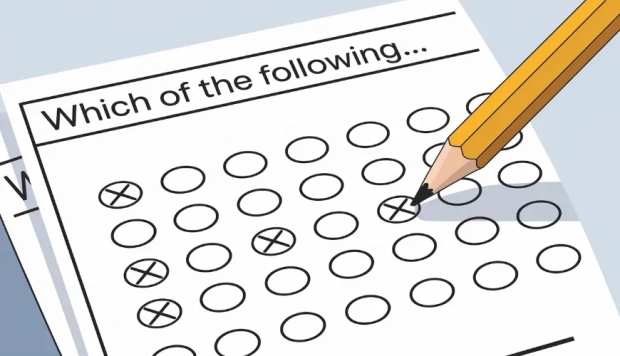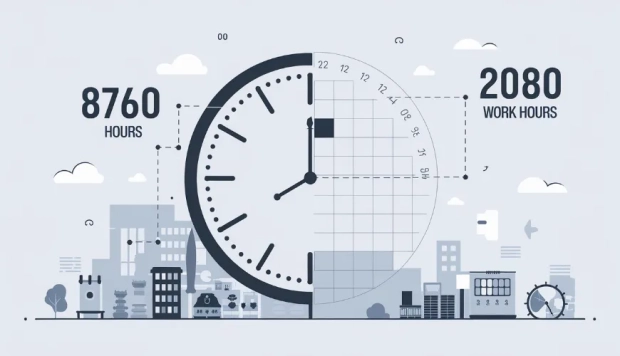Understanding the Full Form of Email

Despite the immediacy and reach of modern digital communication, email endures as a cornerstone of both personal and business interaction. Whether it’s sending documents, newsletters, or simple messages, email services have become indispensable. But have you ever stopped to wonder: what is the full form of email? Or what do CC and BCC mean in email terminology?
Understanding these abbreviations not only clarifies how email systems work but also enhances your effectiveness and professionalism in using them. Let’s break down these commonly used terms and explore why they matter in day-to-day communication.
What is the Full Form of Email?
The term “email” is short for Electronic Mail. This digital method of exchanging messages between people using electronic devices has revolutionized communication since its inception in the early 1970s.
Unlike traditional postal mail, electronic mail allows for the instantaneous exchange of text, files, images, and links across the globe. All it requires is an internet connection and an email account. Today, billions of emails are sent daily, making it not only a cornerstone of personal communication but also a backbone of modern business operations.
The convenience and speed of email have made it a primary channel for:
- Corporate communication
- Marketing campaigns
- Customer service
- Academic correspondence
- Legal and official documentation
In essence, email serves as a digital version of traditional mail but with far greater speed, efficiency, and accessibility.
What is the Full Form of CC in Email?
The term “CC” in email stands for Carbon Copy. It is a reference to the old practice of using carbon paper to make duplicate copies of handwritten or typed documents. In the context of email, CC allows the sender to send a copy of the email to other recipients in addition to the main receiver.
When you enter an email address in the CC field, the email is sent to that address as well, and all recipients can see who else received the email. This creates transparency within teams and helps keep all relevant parties in the loop.
For instance, consider a manager sending a project update to an employee and CC’ing the HR department. The HR team receives the same email and is aware that the employee received it too.
When to Use CC:
- When you want to keep someone informed without expecting a response.
- When all recipients should be aware of each other’s involvement.
- When sharing information transparently among teams or departments.
However, overusing the CC field can clutter inboxes and may lead to miscommunication or information overload. It’s best reserved for situations where visibility is truly necessary.
What is the Full Form of BCC in Email?
BCC stands for Blind Carbon Copy. Like CC, BCC allows the sender to send an email to multiple recipients. However, with a key difference: recipients in the BCC field are hidden from other recipients.
This function is especially useful for preserving privacy. For example, a company might send out an announcement to its client list using the BCC field to avoid disclosing each client's email address to others. It’s a best practice in email marketing and mass communication where confidentiality and professionalism are key.
When to Use BCC:
- When sending bulk emails to a large group without exposing recipient emails.
- To protect the privacy of clients or stakeholders.
- When you don't want the main recipient to know others have received the email.
BCC is not just a privacy tool-it also helps reduce reply-all chaos. By using BCC, the sender can control the conversation and prevent unnecessary clutter in multiple users’ inboxes.
Why Understanding These Terms Matters
At first glance, these terms-email, CC, and BCC-may seem like basic digital lingo. But in reality, they are integral to effective communication in the digital workspace. Misusing them can lead to confusion, breaches of privacy, or professional missteps.
For example, mistakenly entering multiple recipients in the CC field instead of BCC during a bulk email campaign could expose their email addresses without consent-potentially violating privacy laws such as the GDPR or the CAN-SPAM Act.
Moreover, understanding these functions can help you streamline your communication. Knowing when to CC or BCC someone ensures that your message reaches the right people, in the right way, with the appropriate level of visibility.
Take the case of a real estate company that sends out weekly listings to hundreds of potential buyers. If they were to CC all recipients, each buyer would see others' email addresses-unprofessional at best, illegal at worst. By using the BCC field instead, the company ensures that every recipient receives the same message while keeping personal details confidential.
Email in the Bigger Picture of Digital Communication
Though understanding full forms like email = Electronic Mail, CC = Carbon Copy, and BCC = Blind Carbon Copy is helpful, modern email systems offer far more than just message exchange.
From automation tools to spam filters, email platforms today are complex ecosystems designed to support productivity and security. Services like SendBridge, for example, offer advanced features including:
- Email verification to ensure your message reaches valid addresses.
- Email deliverability tools that maximize inbox placement and reduce bounce rates.
- SMTP testing to evaluate server configurations and reduce technical delivery issues.
- Spam prevention mechanisms to keep your domain from being blacklisted.
- Bulk email campaign management, complete with tracking and analytics.
- Email marketing automation to streamline customer engagement.
- Tools to monitor sender reputation, helping you maintain trust with ISPs and clients alike.
In this context, understanding the basics of email terms becomes even more significant. If you're launching a marketing campaign, for instance, using the BCC field properly, verifying email lists, and ensuring deliverability can directly impact your campaign’s success.
Email Etiquette: A Few Best Practices
Knowing the full forms is just the beginning. Practicing good email etiquette ensures your communication is clear, respectful, and efficient. Here are some evergreen guidelines:
Crafting a well-thought-out email starts with an often-overlooked detail: the subject line. When it's clear and to the point, it gives your recipient an instant idea of what the message is about-no guessing games or digging required. A strong subject line sets the tone for everything that follows.
Once you're into the body of the message, keeping your structure clean and professional goes a long way. That means starting with a friendly greeting, organizing your thoughts into digestible paragraphs, and ending with a proper sign-off. It’s a small effort that makes your message more readable and respectful.
When it comes to hitting "Reply All," a little discretion can make everyone's inbox a better place. If your response doesn't concern everyone on the thread, it's perfectly okay-actually, encouraged-to reply only to the relevant folks. That way, you’re cutting down on inbox clutter and showing regard for others' time.
Think twice before adding people to CC or BCC; there's a reason those boxes exist, and it’s not to randomly loop people in. Use CC if someone should stay in the loop, and BCC if you’re trying to protect privacy or avoid a never-ending reply chain. Being intentional with visibility helps maintain trust and clarity.
Finally, always scan your recipient list before you hit send-especially if you're dealing with private or sensitive info. It only takes a second, but that quick check can save you from some major email regrets.
As author and business consultant Dianna Booher once said, “E-mail has an ability many forms of communication don’t: creating a record of exactly what was said.” This underscores the importance of using email thoughtfully-not just as a tool for sending information, but as a record of communication.
From Acronyms to Action: Why It All Matters
So, what is the full form of email? It’s about far more than Electronic Mail. It represents how we connect, how we conduct business, and how we maintain our digital identity. Understanding what CC and BCC mean-and how to use them correctly-can dramatically improve the clarity, efficiency, and professionalism of your communication.
In a world where inboxes are overflowing and attention is scarce, using email intelligently is a skill that sets you apart. Whether you’re crafting a strategic campaign, sharing project updates, or sending out a company newsletter, mastering these basics is your first step to better digital communication.
And the next time someone asks, "What is the full form of CC or BCC in email?", you’ll not only know the answer but also why it matters.



